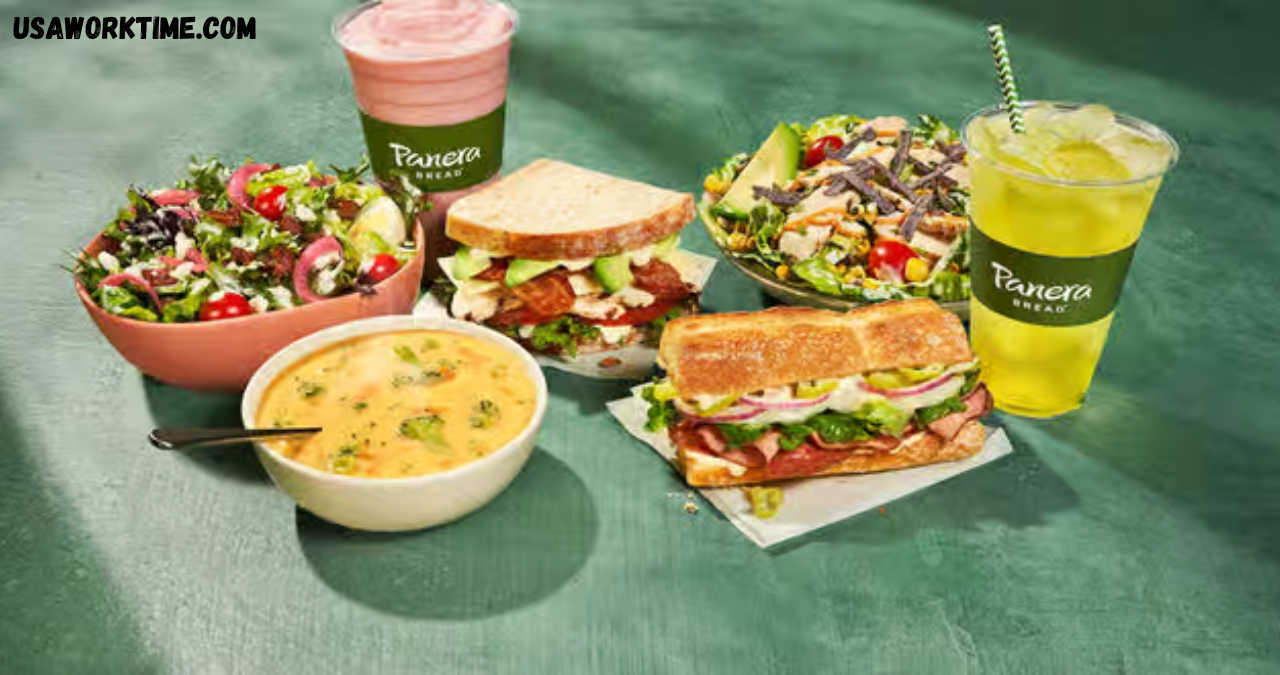Introduction
There is a special kind of nostalgia tied to the term “Mother’s Cupboard.” It’s more than just a place where dry goods and spices are stored; it’s a symbol of love, Mother’s Cupboard, resilience, and heritage. Often overlooked in the modern age, this humble cupboard once stood as the quiet heartbeat of the home, filled with secrets and stories known only to the women who maintained it and the children who explored it.
“Mother’s Cupboard” evokes more than pantry shelves—it reflects tradition, survival, nourishment, and the wisdom passed down through generations. Every jar, every tin, every folded napkin inside it carried a piece of the family’s legacy. From cherished family recipes to natural remedies and household hacks, the contents of that cupboard were a silent teacher. In this article, we take a nostalgic and meaningful look at the emotional and cultural legacy hidden behind those simple wooden doors.
The Heart of the Home What Was in Mother’s Cupboard?
Before the age of supermarkets and online shopping, Mother’s Cupboard was a curated space of necessity and care. Inside were neatly stacked jars of lentils, flour, salt, sugar, and spices. There might be a homemade remedy for coughs made with honey and turmeric, or a tightly rolled sewing kit ready for any wardrobe emergency. Everything had a purpose, and everything had a story.
In rural homes, the cupboard might also contain home-canned vegetables, dried herbs, and preserved fruits. Mothers often prepared for the seasons ahead, especially winter, by ensuring their cupboards were well-stocked. Regional diversity played a role too—a cupboard in an Indian household would look vastly different from one in a European farmhouse, yet both told the story of resourcefulness.
Each item represented more than utility—it was about survival, love, and family well-being. Mothers knew what was in their cupboards to the last teaspoon, and their ability to whip up a meal or treat a minor illness from what was available was nothing short of magical.
A Symbol of Nurturing and Heritage
Beyond its functional value, the cupboard symbolized a mother’s ability to nurture. From it came warm soups during sick days, special treats on birthdays, and even the comforting scent of herbs steeping in boiling water. It wasn’t just food or tools—it was care, culture, and continuity.
In many families, the cupboard was a place of oral tradition. Children watched as their mothers prepared meals or organized jars, and in those moments, valuable life lessons were passed down. Recipes were shared verbally, with measurements like “a pinch of this” or “a handful of that.” This was tradition preserved not in books but in memory.
Moreover, the cupboard embodied preparedness. Mothers were often the silent planners, ensuring that nothing ever ran out. Even during tough financial times, their cupboards seemed to miraculously provide for every need. These skills were often inherited from their own mothers and grandmothers, forming an unbroken chain of domestic knowledge.
Changing Times From Wood Cabinets to Digital Pantries

As time moved on, so did the role of the cupboard. Today, modern lifestyles have turned kitchens into sleek, efficient spaces, and pantries are often digitized or outsourced. Apps remind us to buy groceries, and takeout meals replace homemade ones. The traditional Mother’s Cupboard is slowly disappearing, and with it, a connection to a simpler, more intentional way of living.
Consumer culture has shifted our perception of food and storage. Instead of preserving the harvest, we buy ready-made goods. Instead of remembering family remedies, we Google symptoms and order pharmaceuticals. Convenience has replaced craftsmanship, and speed has overtaken care.
However, there is a growing movement to reclaim this lost art. More people are turning back to traditional practices like fermenting, canning, and herbal medicine. Social media is full of young adults rediscovering their grandmother’s kitchen wisdom. Sustainability and mindfulness are bringing new appreciation to the old ways.
The essence of Mother’s Cupboard is making a quiet comeback. Today’s cupboards may contain different items, but they still have the potential to reflect care, intention, and a return to values that matter.
Stories from the Cupboard Personal and Cultural Narratives
Every cupboard holds a story—of a mother stretching a meal to feed a large family, of special birthday treats kept hidden from little hands, of remedies that soothed fevers in the middle of the night. These aren’t just personal memories; they are universal experiences that connect us across cultures and time.
In literature and folklore, the cupboard often appears as a symbol of nourishment, magic, or hidden treasure. Think of fairy tales with magical pantries or classic novels where characters find comfort in the kitchen. These stories are reflections of real-life sentiments—of the cupboard as a safe haven.
Families who preserve recipes, household rituals, or even just the old cupboard itself are preserving culture. In doing so, they offer a blueprint for future generations. Creating a digital or physical cookbook, recording family stories, or simply teaching a child how to make a traditional dish from scratch—these are modern ways to honor the past.
Conclusion
The humble Mother’s Cupboard is much more than a piece of furniture—it’s a living archive of love, knowledge, and survival. In its jars and drawers lie the wisdom of generations, the taste of family traditions, and the quiet strength of motherhood. As we move through a fast-paced, ever-changing world, taking a moment to reflect on what’s in our own cupboards can reconnect us to our roots. Whether you’re reviving an old recipe, storing herbs from your garden, or just organizing your spices, you’re participating in a long-standing tradition of care.
You May Also Read: https://usaworktime.com/by-chef-gotxen-godolix/









